

Field: Seismic Engineering. Organisation: Robinson Seismic Limited. Rights: The University of Waikato Te Whare Wānanga o Waikato Dr Bill Robinson Dr Bill Robinson was one of New Zealand's leading ...
READ MORE

Earthquakes are a fact of life in New Zealand, but we still don’t understand exactly what triggers them. Microscopes are some of the many tools that scientists are using to get a better ...
READ MORE

NIWA’s research vessel the Tangaroa went on an 8-week voyage to the Ross Sea to survey the marine environment and explore biodiversity in the region. The journey from February until mid-March ...
READ MORE

In this activity, students identify the main minerals present in granite and investigate some of their properties. By the end of this activity, students should be able to: identify the rock known ...
READ MORE

In this activity, students investigate crystal shapes and crystal systems. Traditional ceramics are clay-based – clays have a mineral composition and minerals have a crystalline structure. By the ...
READ MORE
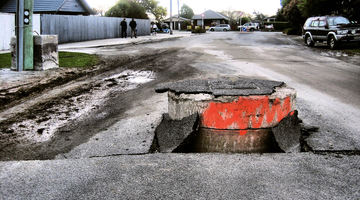
The series of activities described below was designed to help students develop an understanding about earthquakes in New Zealand, including why we get them and how we measure them. The world of ...
READ MORE
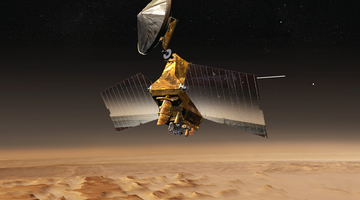
The Planet Four online citizen science project is designed to assist planetary scientists to identify and measure features on the surface of Mars that don’t exist on Earth. Help is needed to ...
READ MORE
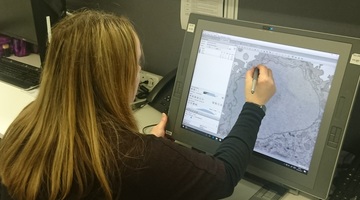
In this online citizen science (OCS) project, participants analyse electron microscope images taken of a range of biological samples, helping scientists better understand cancer, infectious ...
READ MORE
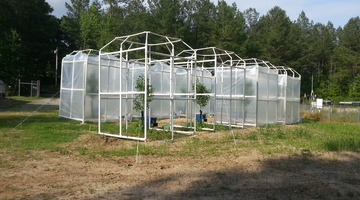
By comparing some features of fossilised plants with the same features of plants living today, scientists hope to be able to learn more about the effect of changing carbon dioxide (CO2) levels in ...
READ MORE
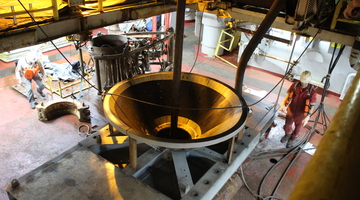
In this recorded professional learning session, Lyn Rogers and guest Aliki Weststrate from GNS Science explore some of the science involved in building our understandings of natural hazards ...
READ MORE
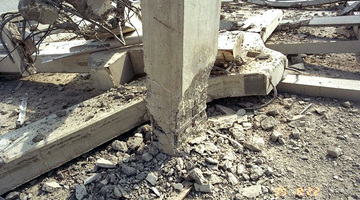
About 14,000 earthquakes are recorded in and around Aotearoa New Zealand every year. Canterbury’s 7.1 and Kaikōura's 7.8 magnitude earthquakes and subsequent aftershocks show the constant threat ...
READ MORE
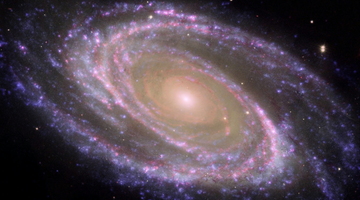
The Science Learning Hub has lots of resources for primary teachers related to the night sky in the Planet Earth and Beyond strand of the New Zealand Curriculum. The night sky is fascinating to ...
READ MORE
Dr Bill Robinson of Robinson Seismic, inventor of the lead rubber bearing, explains one of his most simple yet most powerful philosophies – try, try, try! This philosophy holds true for all ...
READ MORE
Dr Bill Robinson of Robinson Seismic, inventor of the lead rubber bearing, explains how his understanding of metals helped him invent the lead rubber bearing. Physical metallurgy is the science ...
READ MORE
Dr Bill Robinson of Robinson Seismic, the inventor of the lead rubber bearing, explains how his understanding of earthquakes has helped him develop his base isolation system. He describes some of ...
READ MORE

In this interactive follow a core sample as it makes its journey from the Alpine Fault to microscopic examination. Click on the labels for more information. Select here to view the full ...
READ MORE
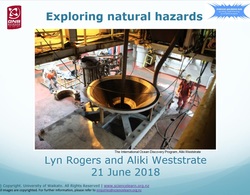
This is the slideshow that supports the Exploring natural hazards PLD webinar. Use the Slideshow menu for further options, including view full screen, and go here for the download option.
READ MORE
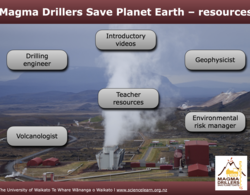
This interactive introduces and houses resources developed by Magma Drillers Save Planet Earth – a University of Canterbury project funded by Curious Minds. Select here to view the full ...
READ MORE